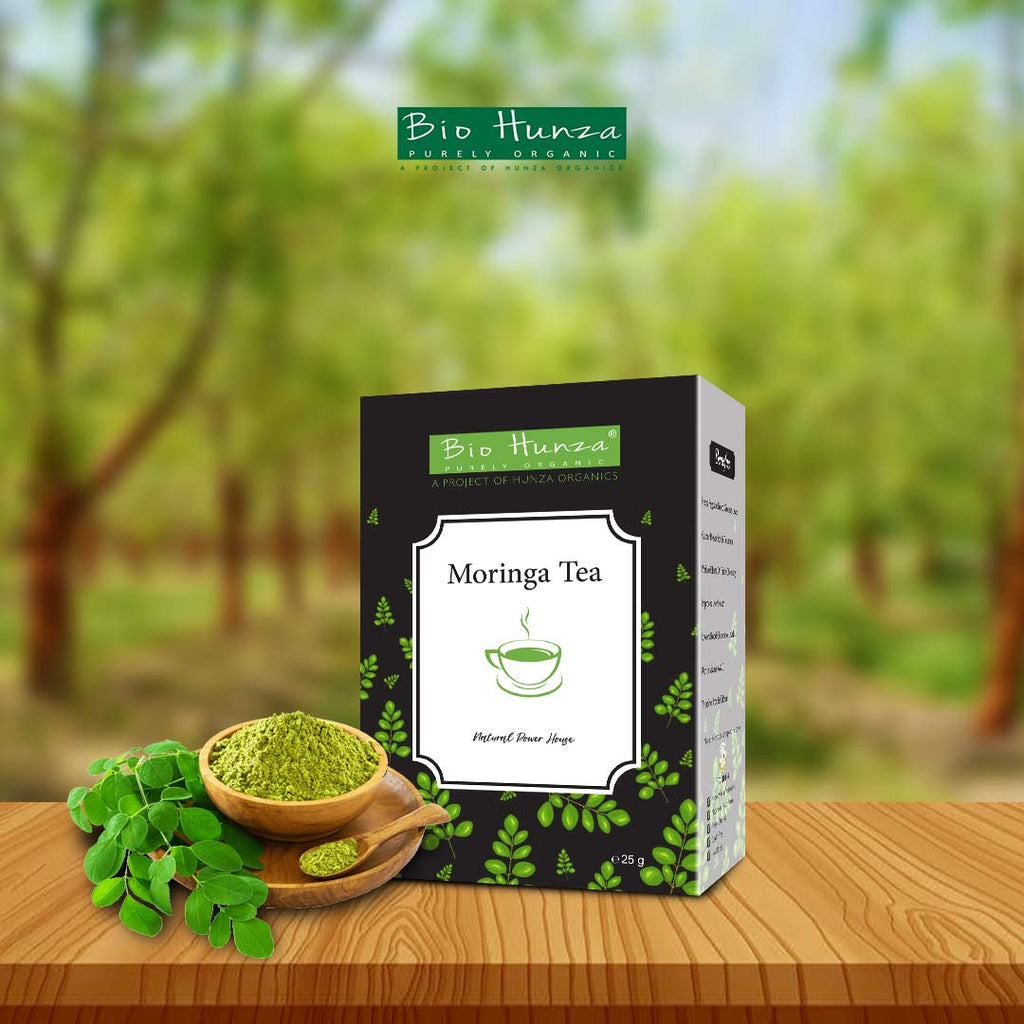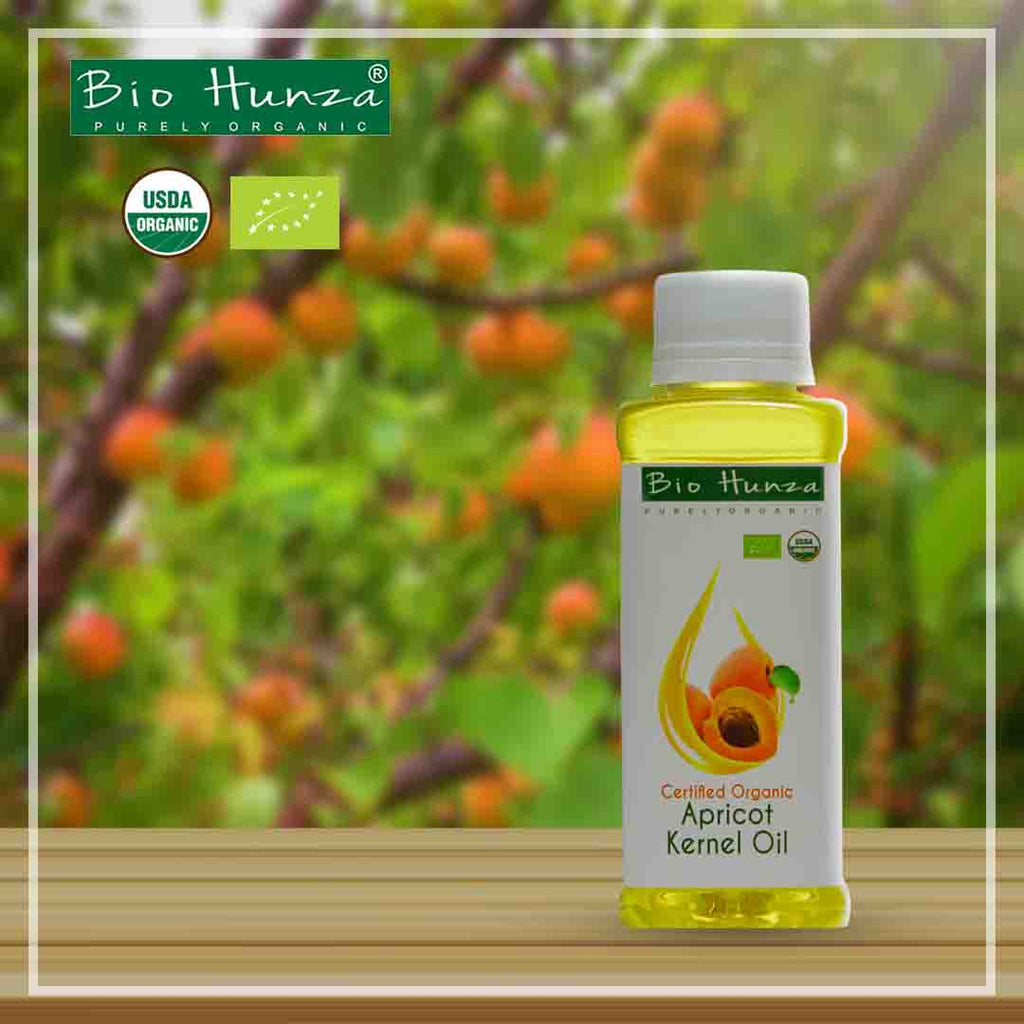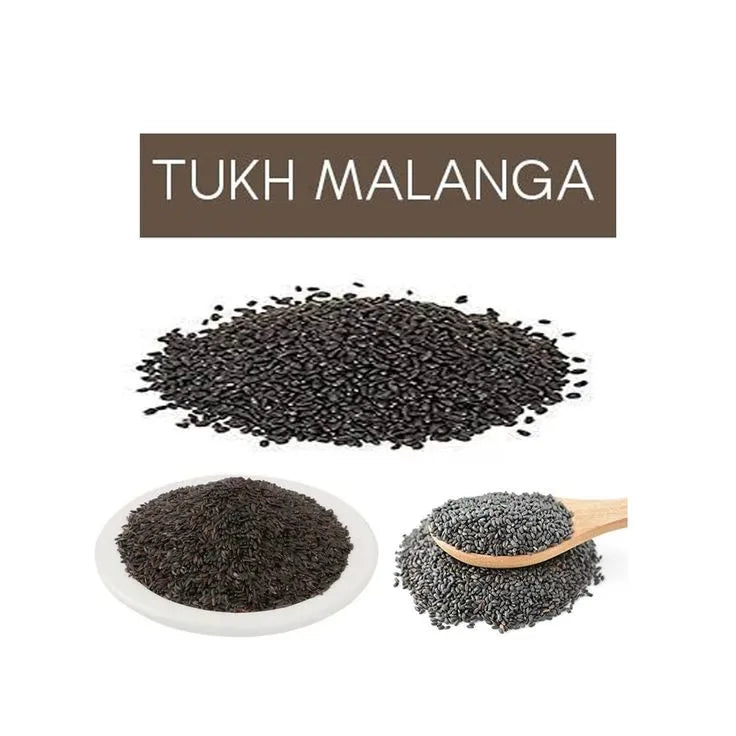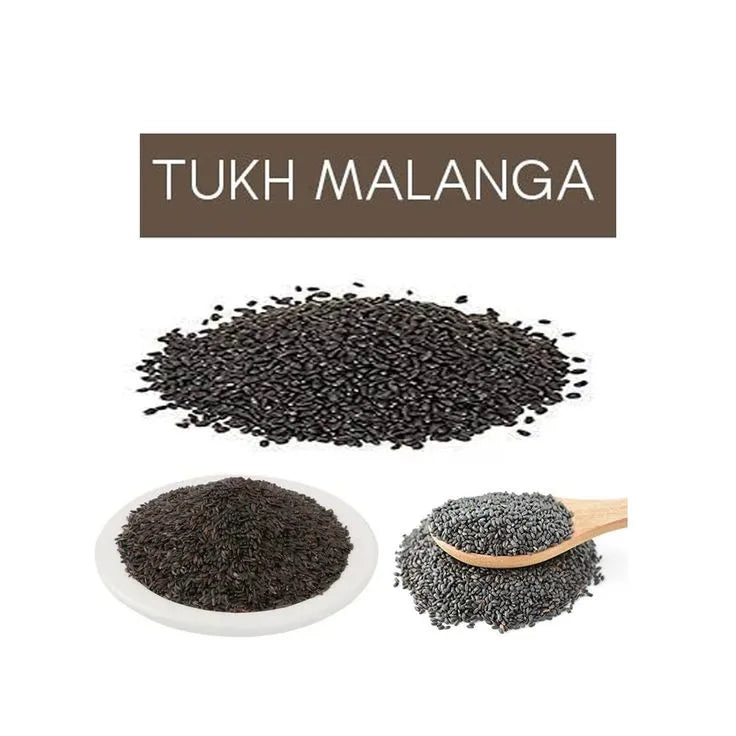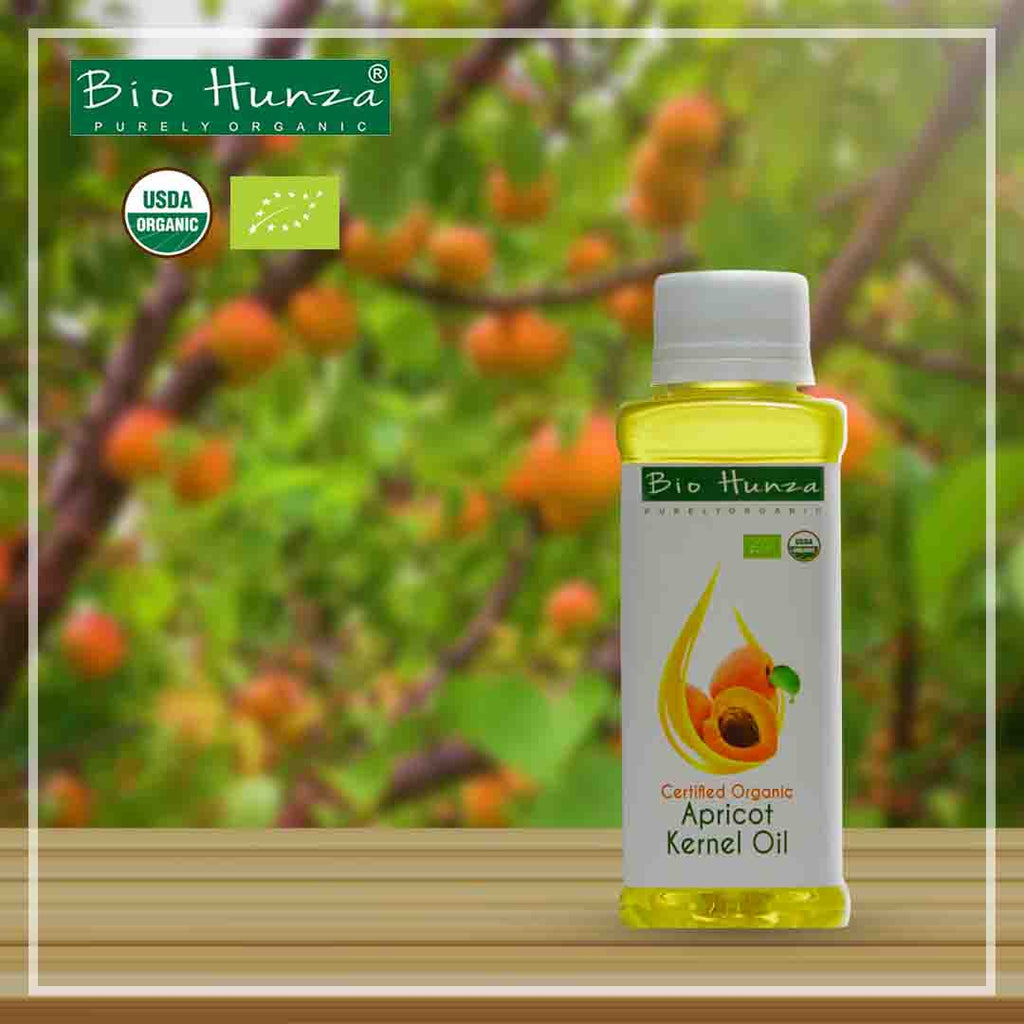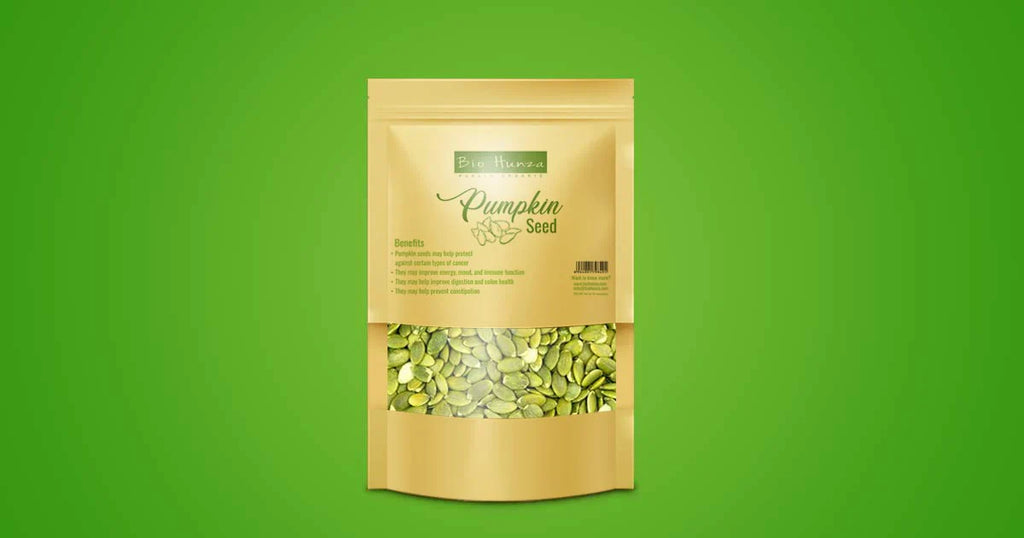
Can You Eat Pumpkin Seed Shells? Benefits and Risks Explained

Pumpkin seeds, often referred to as "pepitas," are not only a tasty snack but also pack a nutritional punch. A common question that arises is whether it's safe and beneficial to consume them with their shells intact. This article delves into the advantages and potential drawbacks of eating whole pumpkin seeds, their nutritional profile, and the best practices for preparation.
Can You Eat Pumpkin Seed Shells?
Yes, you can eat pumpkin seed shells. They are safe for most people and add a satisfying crunch to the seeds. Consuming the shells increases the fiber content, which aids digestion and promotes a feeling of fullness. However, some individuals might find the shells tough to chew or digest, leading to potential gastrointestinal discomfort.
Nutritional Benefits of Whole Pumpkin Seeds
Whole pumpkin seeds are a rich source of various nutrients:
-
Fiber: A one-ounce (28 grams) serving of whole pumpkin seeds provides approximately 5 grams of fiber, which is more than double the amount found in shelled seeds.
-
Minerals: They are abundant in magnesium, zinc, and iron, essential for numerous bodily functions, including immune support and oxygen transportation.
-
Healthy Fats and Protein: Pumpkin seeds offer a good balance of healthy fats and protein, contributing to heart health and muscle maintenance.
Potential Disadvantages of Eating Pumpkin Seed Shells
While the shells add nutritional value, they may pose some challenges:
-
Digestive Issues: The high fiber content can be hard to digest for some, potentially causing bloating or discomfort, especially in individuals with digestive disorders.
-
Chewing Difficulty: The shells can be tough and fibrous, making them difficult to chew thoroughly, which might lead to swallowing larger, harder pieces.
How to Prepare and Eat Whole Pumpkin Seeds
To enjoy whole pumpkin seeds:
-
Cleaning: After extracting the seeds from the pumpkin, rinse them under cold water to remove any pulp.
-
Drying: Pat the seeds dry with a towel to ensure even roasting.
-
Seasoning: Toss the seeds in olive oil and your choice of seasonings, such as salt, pepper, or paprika.
-
Roasting: Spread them evenly on a baking sheet and roast in the oven at 300°F (150°C) for 30–40 minutes, or until golden brown and crunchy.
How to Shell Pumpkin Seeds
If you prefer eating shelled seeds:
-
Boiling: Boil the seeds for 10–15 minutes to soften the shells.
-
Cooling: Allow them to cool before handling.Cracking: Use your teeth or a small tool to crack the shell and extract the seed.
This process can be time-consuming, so purchasing pre-shelled seeds (pepitas) is a convenient alternative.
Can You Eat Pumpkin Seeds Raw?
Yes, pumpkin seeds can be eaten raw. However, roasting enhances their flavor and makes them easier to digest by reducing certain antinutrients.

FAQs
Q: Are there any risks associated with eating pumpkin seed shells?
A: For most people, pumpkin seed shells are safe to eat. However, individuals with digestive conditions like diverticulitis or irritable bowel syndrome (IBS) may experience discomfort due to the high fiber content.
Q: How many pumpkin seeds should I eat daily?
A: Consuming about 1 ounce (28 grams) of pumpkin seeds daily can provide essential nutrients without excessive calorie intake.
Q: Can children eat pumpkin seed shells?
A: While children can eat pumpkin seed shells, parents should ensure they are adequately roasted to enhance chewability and monitor for any digestive discomfort.
Q: Do pumpkin seed shells contain allergens?
A: Pumpkin seeds are not common allergens, but individuals with specific seed allergies should exercise caution.
Q: How should I store roasted pumpkin seeds?
A: Store roasted pumpkin seeds in an airtight container in a cool, dry place to maintain freshness for up to two weeks.
Conclusion
Eating pumpkin seeds with their shells is a personal preference that offers additional fiber and nutrients. While most people can enjoy them without issues, those with certain digestive concerns should consider consuming shelled seeds. Proper preparation, such as thorough cleaning and roasting, can enhance their flavor and digestibility, making them a versatile and nutritious addition to your diet.
